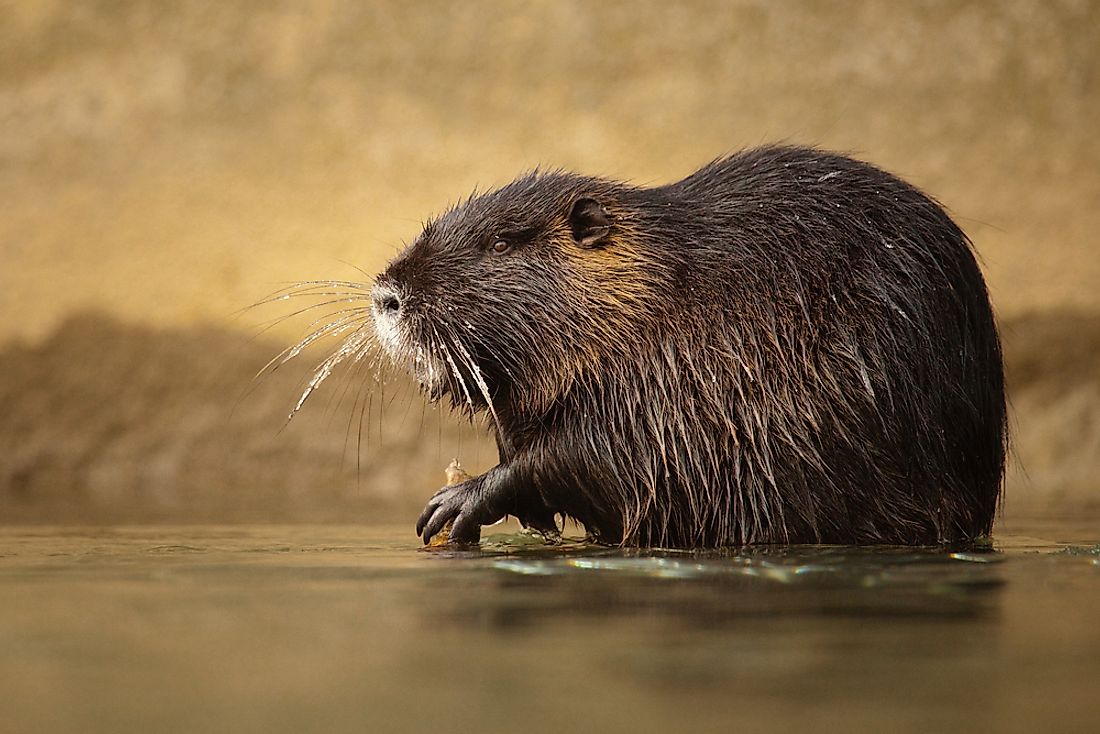What the Return of the Nutria Means for California

Very often, when the nutria (also known as the coypu) is mentioned, the state of Louisiana is the first region that comes to mind. However, this is not the US only region that this rodent, which is known for its large size and swimming ability, is found. In fact, beginning in the spring of 2017, nutria sightings were reported in California for the first time in four decades.
How Did the Nutria Arrive in the United States?
During the late 19th and early 20th century, the nutria were brought to the United States of America for farming purposes. This particular rodent was highly prized for its fur. When sheared, nutria fur is a lighter alternative to beaver fur. During the early 20th century, fur was an immensely popular material used for fashion. Vests were often made of nutria fur, as well as coat linings. Originally, the nutria was introduced to the state of Louisiana. However, it was eventually also introduced to the state of California for the benefit of the fur industry.
World Atlas spoke with Peter Tira, from the California Department of Fish and Wildlife, to obtain more information about the nutria in California. According to Tira, the nutria was first brought to California in 1899. Licenses were soon given for nutria farms. Over time, as fur became less popular, there was less of a demand for nutria fur as well. At this time, many nutrias were released into the wild.
The Nutria: An Invasive Species
There was one problem with this method of release, however: the nutria rodent is an invasive species in the United States of America. Like many invasive species, the nutria has been accused of disturbing the local natural environment. This destruction has particularly been noticed in the wetlands of the American south. Wetlands, especially in temperate and subtropical climates, provide an ideal habitat for the nutria as the rodent's diet mostly consists of roots and rhizomes of wetland plants. This appetite for wetlands has been known to cause depletion and destruction.
Equally troubling is the nutria’s ability to destroy levees through burrowing. This causes breeches, and results in additional problems such as the erosion of banks.
Peter Tira informed World Atlas that in the United States of America, the nutria has no natural enemies, Therefore, there are no animals in the wetlands that could organically control the nutria population. Mr. Tira also mentioned that thanks to the mild winters in most of California, the nutria has a climate where its numbers will not be reduced by cold weather.
With the ecological threats understood, the state of California has taken painstaking measures to eradicate the rodent in the past. These measures were so extensive that by 1978, the California Department of Fish and Wildlife had declared the nutria to be eradicated from California. This was a belief that would be held until one fateful day in 2017.
The Nutria Makes its Californian Return
No nutria sightings were reported in California between 1978 and 2017. However, a spotting in 2017 has prompted the California Department of Fish and Wildlife to begin another campaign fighting against the invasive species. California Department of Fish and Wildlife spokesperson Peter Tira had the following to say:
"California has launched a formal nutria eradication effort to remove nutria from the landscape. Nutria represent a triple threat to California's future as they destroy critical wetlands, jeopardize our water infrastructure, and threaten our multi-million dollar agricultural industry."
The eradication program involves dividing 4 million acres of California's land into grids with an area of 4 acres. The land is then surveyed. Nutria need to be identified, confirmed, and then trapped.
How to Identify a Nutria
One difficulty in identifying a nutria is that some people mistake the nutria for beavers. Unlike a beaver, a nutria has a shorter, furry tale. It is also smaller than a beaver. A nutria will have orange front teeth. Tira says that the eradication program will involve educating people about the nutria.
Despite the state’s economic diversity, agriculture continues to be an important part of California's economy. California's agricultural economy is important for the rest of the United States as a whole. Many foods enjoyed in the USA are grown in California, such as almonds, avocados, and walnuts. For this reason, preventing destruction to the industry is paramount.
**
Marques Hayes is a freelance writer and World Atlas contributor. He holds a BA in geography from Kennesaw State University.











